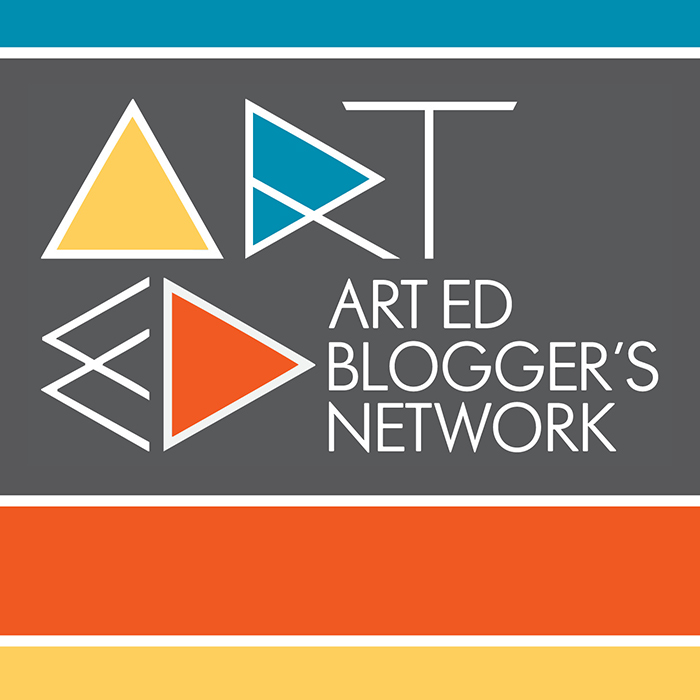Looking for projects inspired by Valentine's Day? Check out the lessons I created with K-3! Some projects were inspired by other lessons I have found over the years, so I tried to share the blog posts from other teachers who inspired my lessons.
Romero Britto Heart Paintings with Kindergarten
Materials: Pencil, Paper, Black Marker, Tempura Cake Paints
Duration: 1-40 minute class period
Directions: Start by sharing pictures of Britto's art with your kindergarteners! Share how he created designs in each space of his art, such as dots, lines, colors, etc...now's the fun part! Have your binders practice drawing hearts! Some may struggle at first, but once they get the loop and points, they'll go crazy with their hearts! Using pencils, have students create one or more hearts to fill their paper, then draw in lines and shapes. Once done, use a black marker to trace, then tempura cakes to paint in the spaces!
Contour Hearts with 1st Grade
Materials: Heart Templates, Pencils, Paper, Oil Pastels, Tempura Cake Paints
Duration: 2-40 minute class periods
Directions: For Day 1, start by talking about how the hearts can overlap (one in front of the other). Have the students use heart stencils to trace out about 10 hearts (overlapping to fit them in the paper). Once traced, have students use oil pastels to trace, color in, or add patterns to each heart. On day 2, have students finish filling in the hearts with oil pastels and fill in the rest of teh paper with tempura cake paint!
Symmetry Hearts with 2nd Grade
Materials: 9 x 12 colored paper, 12 x 18 colored paper, pencils, scissors, glue
Duration: 1-40 unite class period
Directions: As a one class project, the object is to have students achieve the illusion of symmetry with the heart design. Using the 9 x 12 paper, draw half of a heart, cut the shape out, then glue the outer piece to the edge of the 12 x 18 paper. Draw another heart inside of the already-cut heart, cut it out, and glue on the opposite side. Draw, cut out, and glue down about 3 more heart shapes and you have a finished piece!
Positive/Negative Space Hearts with 3rd Grade
Materials: 9 x 12 colored paper, 12 x 18 colored paper, small baggies, pencils, scissors, glue
Duration: 2-40 minute class periods
Directions: On day 1, talk about positive/negative space in art. Using the 9 x 12 colored paper, draw and cut out a heart shape. On each side of the heart, draw and cut out shaped that will be reflected in the finished artwork. Please Note: Use the baggies to store the pieces once they are cut out. This prevents any lost pieces, plus it's 100% easier with clean up. Once all pieces are cut out, glue down the big heart. On day 2, show the students how to glue the pieces down to reflect the empty space. Not all students will finish right away, you will see that it may take the entire time for many students.
This project was also achieved by many other schools and can be found here for 5th grade and here for 6th grade.
Love Paintings (Inspired by Robert Indiana) with 3rd Grade
Materials: LOVE Stencils, 10.5 x 10.5 white paper, Pencils, Black Markers, Tempura Paint
Duration: 2-40 minute class periods
Directions: On day 1, we discussed the artwork of Robert Indiana, then folded the white paper to make 4 squares. We then began tracing stencils to spell out L-O-V-E in each square. Students then began painting colors in the letters and in the backgrounds. On Day 2, students finished up on painting. If they finished on the first day, each letter was traced with marker to cover any loose paint lines.
Heart-Shaped Coil Pottery with 3rd Grade
Materials: Ceramic Clay (or air dry clay), Water, Canvas, Desired Paint (Glaze or Acrylic)
Duration: 2 40-minute class periods
Directions: On Day 1, discuss how to create a coil pot using ceramic clay. Start with rolling a small amount of clay into a ball, flattening it down then rolling coils to wrap around the flat base. Use the water for the slip process to make the coils stay together once dry. Once the pot is completed, pinch the top and bottom of the top of the pot to form the heart shape. On your own, fire the pottery for your next step. On Day 2, (depending on your resources) paint the pots using either glaze (if kiln is easily accessible) or acrylic paint (if you can't fire again).












































